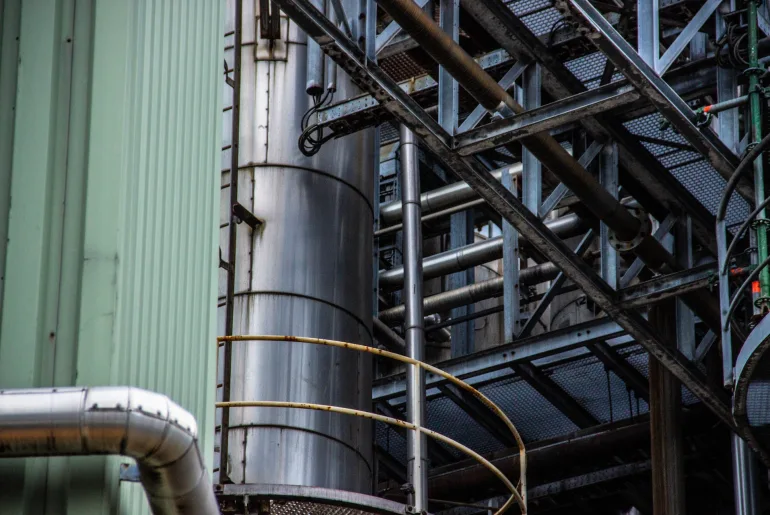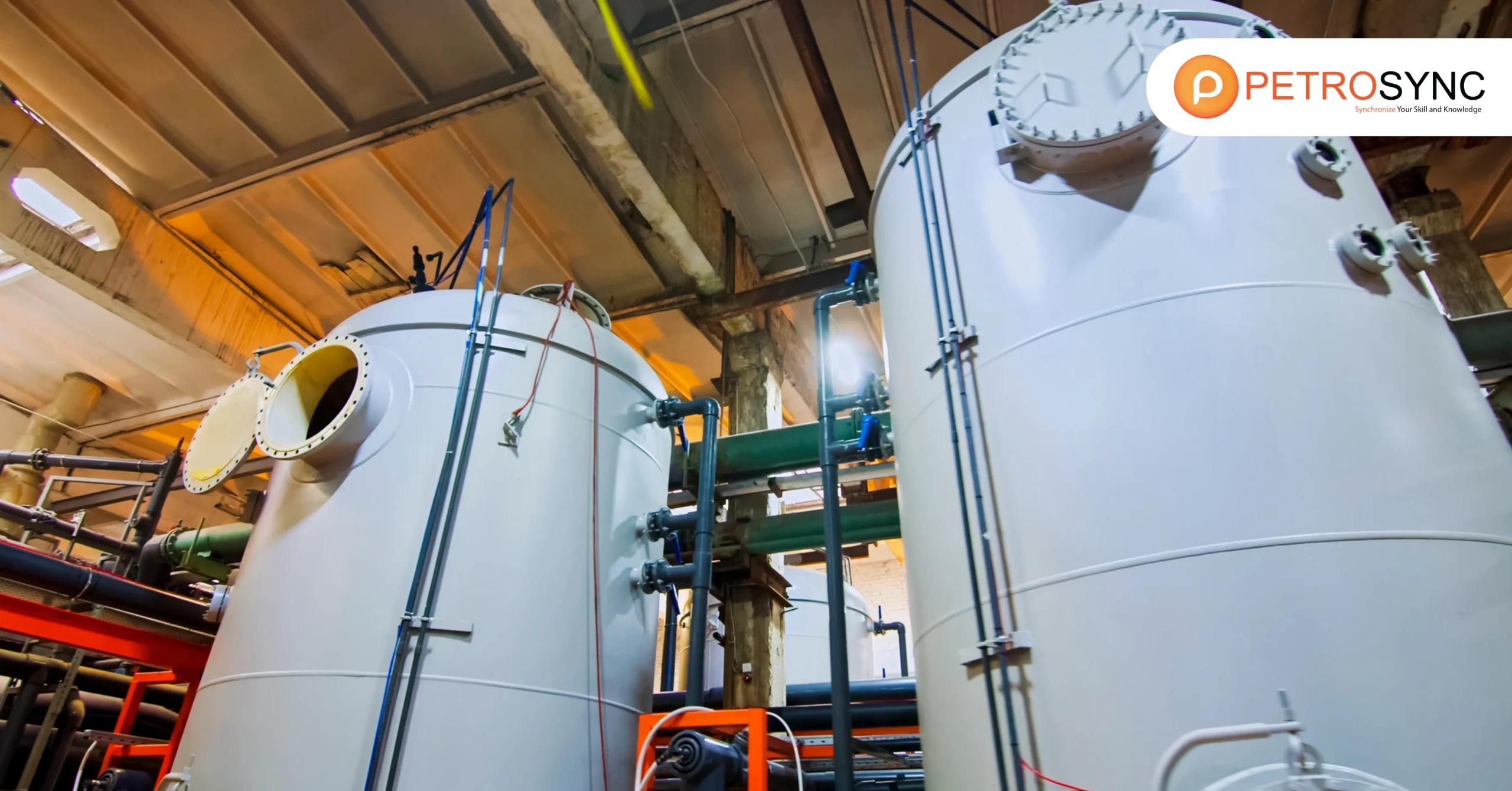In industries like oil, gas, and power generation, piping inspectors play a crucial role in ensuring safety and efficiency. To excel in this role, obtaining the API 570 certification is essential. This piping inspector certification validates expertise in piping systems, codes, and standards. Let’s explore the role and importance of having piping inspector certification in maintaining global standards.
What Is a Piping Inspector?
A pipe inspector is an individual who examines pipelines for flaws, holes, or fractures in the lines as a way to maintain the integrity and safety of pipelines. Pipeline inspectors often seek to find faults to facilitate repairs and prevent further damage in the gas, oil, petrochemical, and energy sectors.
The work of a piping inspector is vital for maintaining the reliability and long life of piping systems, ensuring they meet industry standards and safety rules. This role is particularly important in industries where safety, quality, and adherence to rules are extremely significant, highlighting the essential role of Piping Inspectors in keeping critical infrastructure secure.
What Is The Role of a Piping Inspector?
The role of piping inspectors involves evaluating pipelines and conducting tests to guarantee the strength and operational effectiveness of pipes. This requires a solid understanding of local, federal, and state regulations, inspection codes, and safety protocols.
1. Perform Internal, External, and Onstream Inspections.
A piping inspector is responsible for executing three types of inspections: Internal, External, and Onstream Inspections. These assessments guarantee the proper state and operation of piping systems.
Internal Inspections
Piping inspectors carry out internal inspections by carefully analyzing the interior of piping systems. This entails searching for signs of corrosion, erosion, and any other flaws that might compromise the pipes’ integrity. Using inspection tools and techniques, they ensure the inner surfaces remain free from damage or deterioration.
External Inspections
External inspections involve evaluating the outer surfaces of piping systems. Piping inspectors look for indications of wear, physical harm, or effects from the environment. Through visual examinations and, if necessary, non-destructive testing methods, they confirm that the pipes’ external condition is robust.
Onstream Inspections
Onstream inspections occur while piping systems are in operation. Piping inspectors utilize specialized tools and techniques to assess the pipes’ condition during fluid or gas transport. This type of inspection helps detect problems that might only become visible under operational conditions.
2. Interpret Regulations, Codes, and Industry Standards.
A piping inspector holds the duty of understanding regulations, codes, and industry standards. This crucial responsibility ensures that piping systems adhere to the necessary guidelines and are safe for use. With guidance from the API 570 standard, which acts as the recognized point of reference for piping inspectors, they navigate the complex world of regulations.
Understanding Regulations
Piping inspectors need to grasp the governmental and regulatory requirements connected to piping systems. This involves safety protocols, environmental rules, and legal mandates that govern how piping operates and is maintained.
Applying Codes
Industry codes, like ASME B31.3, provide specific instructions for designing, building, and maintaining piping systems. Piping inspectors ensure these codes are correctly implemented during inspections, confirming adherence and functionality.
Guidance from Standards
Industry standards, like those outlined in the API 570 standard, provide detailed directions on inspection procedures, assessment criteria, and maintenance practices. Piping inspectors rely on these standards to ensure inspections are carried out effectively and consistently.
The API 570 standard is a reliable guide for piping inspectors. It helps them understand complex rules, codes, and standards, making sure piping systems meet rules, stay safe, and work well. Piping inspectors play a key role in maintaining the effectiveness and safety of piping systems in different industries.
3. Follow Safety and Compliance
The piping inspector ensures contractor attendance of Safety Talk and adherence to local HSE rules, including PPE usage, while also validating material traceability, inspection/testing documentation, compliance with project procedures, and confirming exceptions to specifications, codes, and standards with engineering approval.
4. Perform Quality Assurance and Create Reporting
The piping inspector not only oversees NDT examinations, approves reports, and ensures compliance with approved ITP, but also actively participates in hydro testing of piping and mechanical systems and subsystems, while coordinating work pack completion inspections, documentation, and promptly informing the QA/QC Engineer of any quality-related issues.
5. Make Documentation and Inspection
Most piping inspectors are responsible for examining documentation, reviewing drawings for accuracy, ensuring proper arrangement and alignment of components, and conducting final checks to guarantee the integrity and functionality of the piping system.
Documentation Examination
The piping inspector carefully reviews the Documentation Requirements for Installation, Fabrication, Testing, and Inspection provided in work packs. This ensures that all necessary procedures and steps are accurately documented for the various stages of the piping system’s development.
Isometric Drawing Review
Isometric drawings depict the layout and details of piping and mechanical installations. The inspector checks these drawings to verify their accuracy, ensuring that the actual installations match the intended design to prevent errors or inconsistencies.
Piping Arrangement Inspection
The inspector oversees the arrangement of piping components to ensure they are correctly positioned according to design parameters. This step includes assessing alignment and arrangement to prevent issues that could impact piping system functionality.
Mechanical Alignment Check
The inspector evaluates the mechanical alignment of piping components, ensuring they are properly aligned as per specifications. Proper alignment is crucial for the efficient operation and longevity of the piping system.
Final Visual/Dimensional Checks
Before completion, the inspector conducts thorough visual and dimensional checks of the entire piping system. This comprehensive assessment helps identify any discrepancies, defects, or potential issues that need correction before the system is finalized.
What Is The Certification for Piping Inspector?
Having certifications signifies specialized knowledge and skills closely aligned with the piping inspector’s responsibilities, enhancing their capacity to ensure piping system safety and integrity.
API 510 Pressure Vessel Inspector Certification
This API 510 certification is highly pertinent to the piping inspector’s responsibilities, focusing on the examination of pressure vessels. As piping systems often incorporate pressure vessels, possessing expertise in their inspection enhances the piping inspector’s comprehensive understanding of system integrity.
API 579 Fitness-for-Service Professional Certification
This API 579 certification significantly aids the piping inspector’s duties by concentrating on evaluating equipment fitness for service, including piping. It equips inspectors to assess the condition of piping with defects, damage, or flaws, determining its suitability for continued safe operation under specific conditions.
API 571 Corrosion and Materials Professional Certification
Comprehending corrosion mechanisms and material behavior is indispensable for evaluating piping system conditions. This API 571 certification imparts specialized knowledge in corrosion-related matters, which are pivotal for sustaining piping integrity and identifying potential susceptibilities.
API 570 Piping Inspector
API 570 certification plays a vital role in boosting the credibility of piping inspectors, enabling them to carry out their job responsibilities accurately and in line with international standards. For piping inspectors, API 570 certification holds significant credibility, empowering them to fulfill their duties precisely while adhering to globally recognized standards.
With this certification, you gain an in-depth understanding of inspection principles, relevant codes, and standards related to piping. This encompasses maintenance, examination, repairs, and risk assessment.
Armed with this knowledge, you can confidently and reliably handle tasks like reviewing documentation, assessing isometric drawings, coordinating mechanical arrangements, conducting final visual and dimensional checks, and other duties that uphold the integrity and safety of piping systems. By holding API 570 certification, you gain strong industry recognition, ensuring you perform your tasks competently and reliably according to recognized global standards.
Taking piping inspector certification at PetroSync is a strategic step toward preparing for the certification. PetroSync’s training course offers a comprehensive and structured approach to equip you as an aspiring piping inspector with the necessary knowledge and skills.
The training covers essential topics, including inspection techniques, code requirements, risk assessment, and practical applications. Through PetroSync’s expert-led courses, you will gain a solid foundation in understanding API 570 principles and guidelines.
The interactive nature of the training allows you to clarify doubts, engage in discussions, and learn from real-world case studies. By enrolling in PetroSync’s API 570 training, you can confidently enhance your competence, boost your credibility, and set a strong foundation for success in obtaining the API 570 certification.

SEO specialist by day, fact-checker by night. An avid reader and content writer dedicated to delivering accurate and engaging articles through research and credible sources.






